The aroma of freshly baked Finnish cinnamon rolls, or korvapuusti, is enough to make anyone’s mouth water. But behind this beloved pastry lies a crucial scientific process: yeast fermentation. The vitality of yeast determines not just the rise of the dough but also the texture, flavor, and overall quality of the final product. In Finland, where cinnamon rolls are a staple, understanding yeast fermentation isn’t just a matter of baking—it’s a cultural and culinary imperative.
Yeast, a microorganism belonging to the fungus kingdom, is the unsung hero of baking. When it comes to Finnish cinnamon rolls, the yeast’s fermentation activity is what transforms a dense lump of dough into a light, fluffy delight. The process begins when yeast metabolizes sugars in the dough, producing carbon dioxide and ethanol as byproducts. The carbon dioxide gets trapped in the gluten network, causing the dough to rise, while the ethanol contributes to the rolls’ distinct aroma. The efficiency of this process hinges on the yeast’s vitality, which is influenced by factors like temperature, hydration, and the presence of nutrients.
In Finland, bakers have long relied on traditional methods to optimize yeast fermentation. Room temperature plays a pivotal role—too cold, and the yeast becomes sluggish; too warm, and it may over-ferment, leading to off-flavors. Finnish kitchens often maintain a steady, slightly warm environment to encourage steady fermentation. Another key factor is the quality of the yeast itself. Many artisanal bakers prefer fresh yeast over dry yeast for its superior fermentation activity, though modern advances have made high-quality dry yeast a viable alternative.
The dough’s composition also impacts yeast performance. Finnish cinnamon roll recipes typically include milk, butter, and a touch of cardamom, all of which interact with the yeast. Milk provides sugars and proteins that nourish the yeast, while butter enriches the dough, slowing fermentation slightly to develop deeper flavors. Cardamom, a spice deeply ingrained in Finnish baking, doesn’t just add flavor—it may also have mild antimicrobial properties that help regulate yeast activity, ensuring a balanced rise.
Timing is another critical element. Finnish bakers often employ a slow, cold fermentation process for their cinnamon rolls, allowing the dough to rest in the refrigerator overnight. This method, known as retarding, gives the yeast more time to work, enhancing flavor complexity while maintaining a controlled rise. The result is a pastry with a tender crumb and a nuanced taste that instant fermentation simply can’t replicate.
Despite the reverence for tradition, Finnish bakers are also embracing modern science to refine their craft. Research into yeast strains with higher stress tolerance or faster fermentation rates is gaining traction, particularly in commercial bakeries where efficiency is paramount. Yet, even with these advancements, the essence of Finnish cinnamon rolls remains tied to the delicate dance of yeast fermentation—a process that blends biology, tradition, and a touch of magic.
For home bakers looking to replicate authentic korvapuusti, paying attention to yeast vitality is non-negotiable. Using high-quality yeast, maintaining optimal temperatures, and allowing adequate fermentation time are small but crucial steps. After all, the difference between a good cinnamon roll and an exceptional one often boils down to the unseen, yet indispensable, work of yeast.

By /May 26, 2025
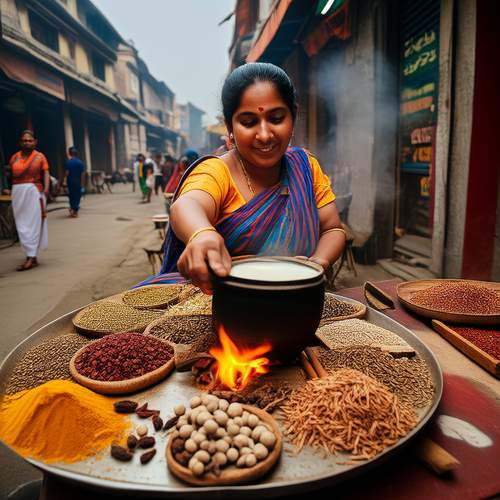
By /May 26, 2025
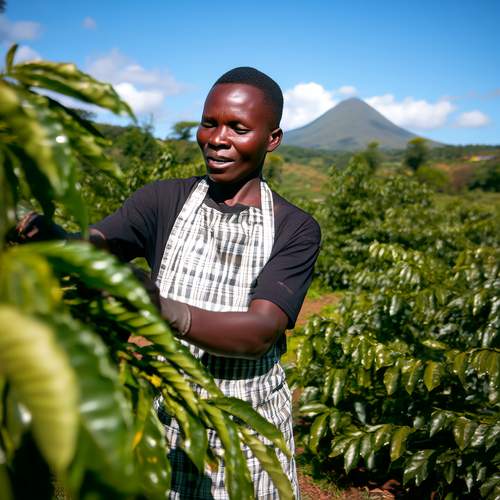
By /May 26, 2025

By /May 26, 2025

By /May 26, 2025

By /May 26, 2025

By /May 26, 2025

By /May 26, 2025

By /May 26, 2025

By /May 26, 2025
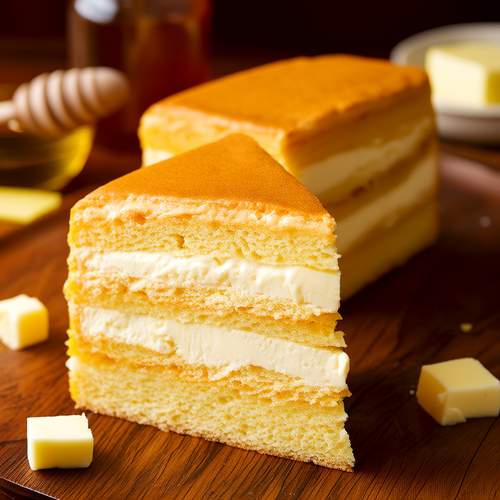
By /May 26, 2025
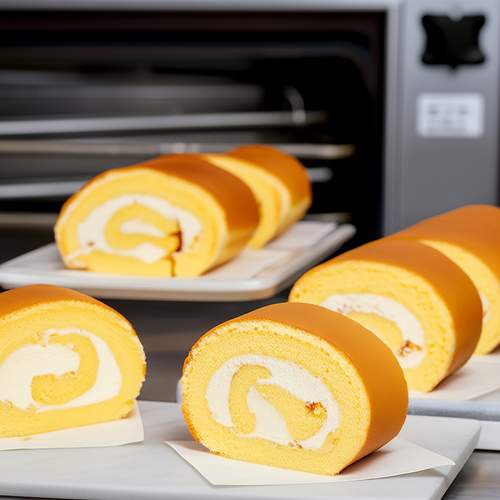
By /May 26, 2025

By /May 26, 2025
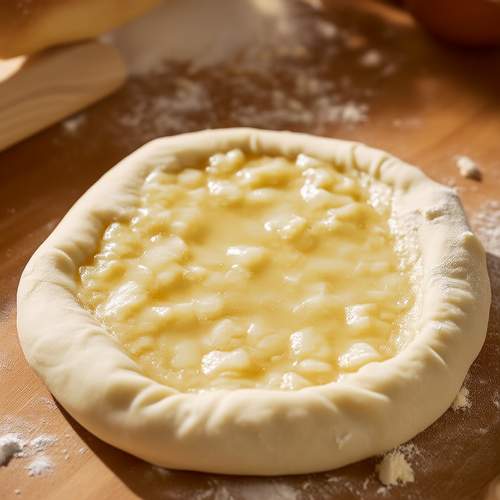
By /May 26, 2025

By /May 26, 2025

By /May 26, 2025
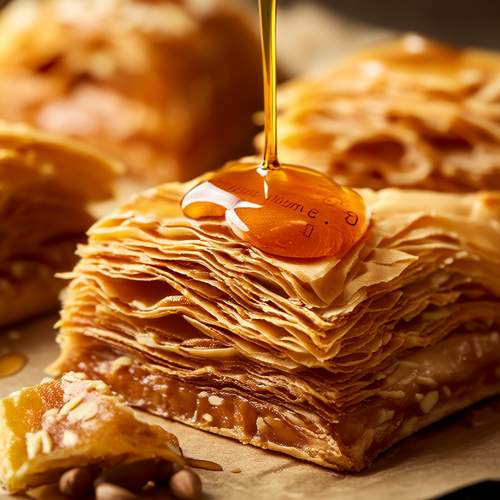
By /May 26, 2025

By /May 26, 2025

By /May 26, 2025

By /May 26, 2025